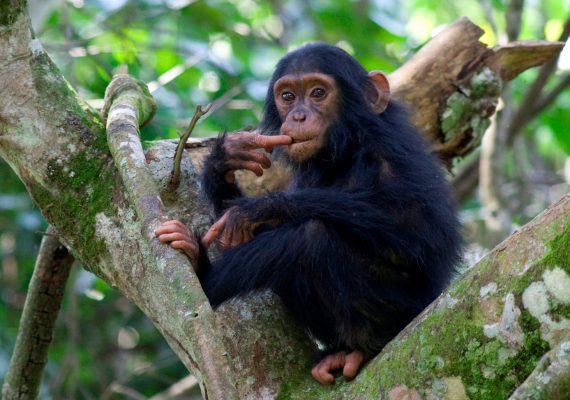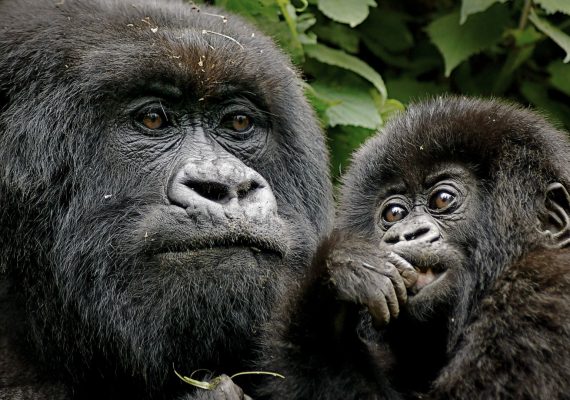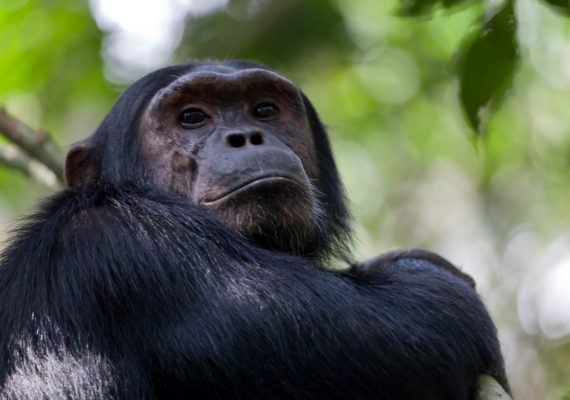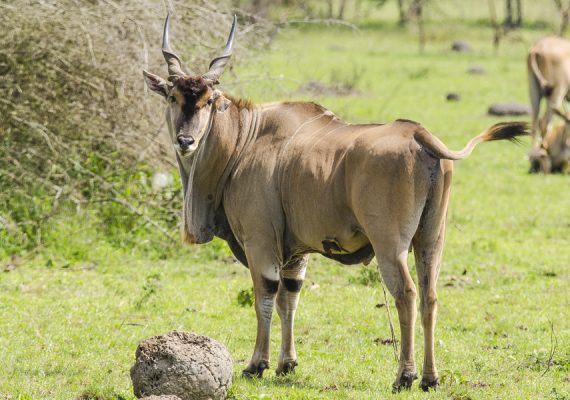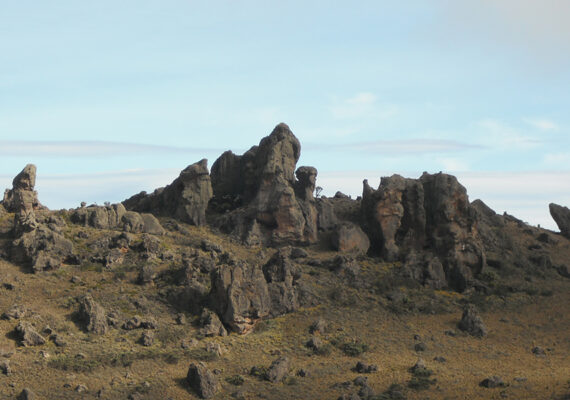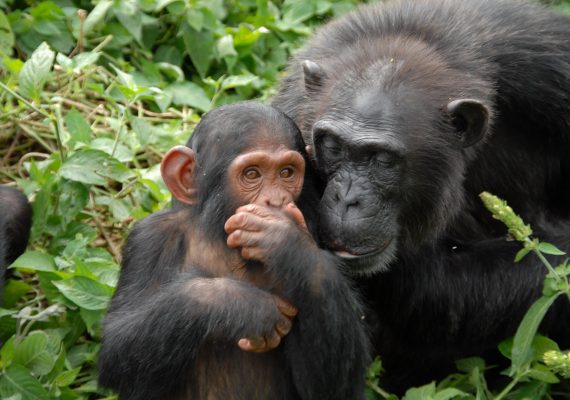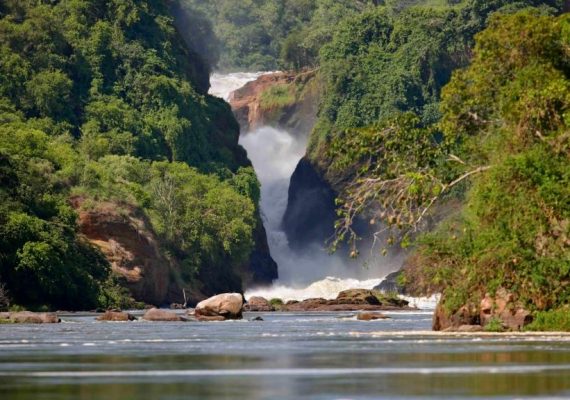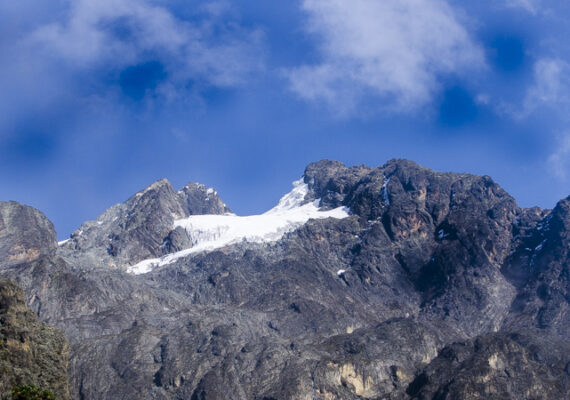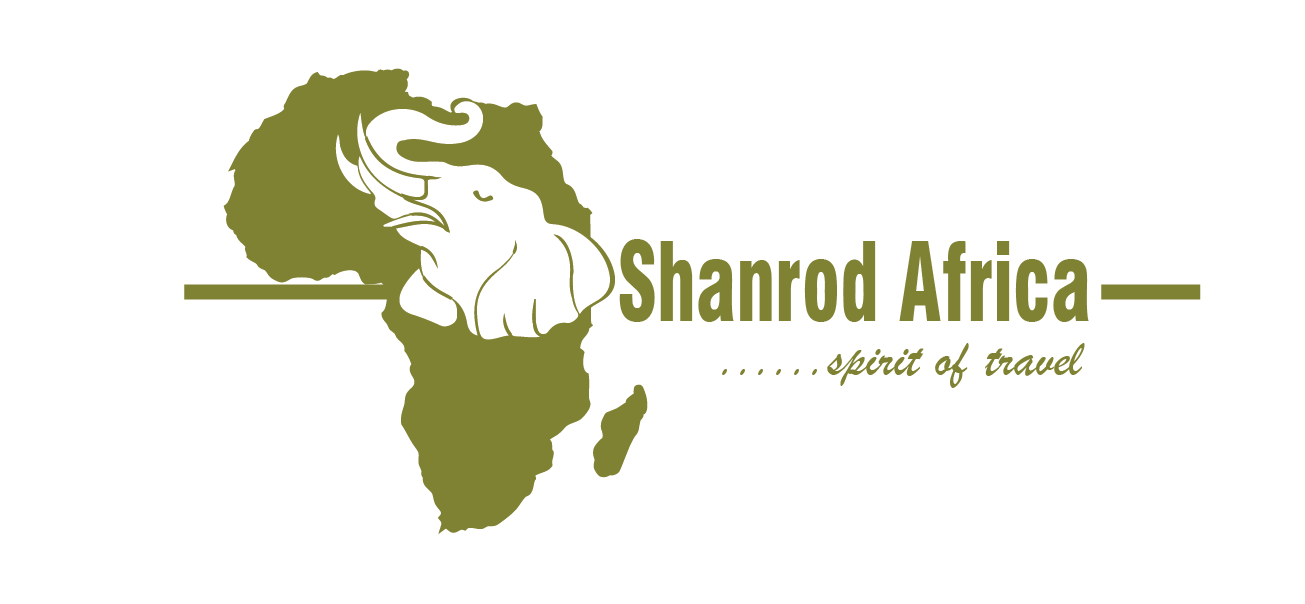Nabajjuzi Wetland lies south West of central Uganda in Masaka District (Lwabenge, Kyamulibwa, Kalungu, Mukungwe, Nyendo, Kimanya, Katwe, Kingo, Kibinge, Butenga and Bigasa sub-counties), Sembabule District (Mijwala sub-county) and Mpigi District (Kabulasoke sub-county). The system is a long narrow stretch of swamp that stretches up to the Kagera River basin area to the North and past the periphery of Masaka Town Municipal Council along Masaka – Mbarara highway to the South. Nabajjuzi is dominated by Cyperus papyrus with patches of Miscanthus violaceus in most parts. In the swamp interior are also communities of Kostchya sp., a common shrub in C. papyrus swamps. There are also small open water pools supporting Nymphaea nouchali var. caerulea.
The swamp is also a source of fish, clay, papyrus and other crafts materials and game meat. The local community with the help of NatureUganda has initiated eco-tourism activities in the wetland Nabajjuzi Wetland is important regionally and globally for conservation of vulnerable and threatened species of birds and other animals. The Shoebill (Balaeniceps rex) has been recorded in Nabajjuzi. Two papyrus endemic species have also been recorded in the wetland system, the Papyrus Gonolek (Laniarius mufumbiri) and the Papyrus Yellow Warbler (Chloropeta gracilirostris). The Papyrus Yellow Warbler is a Lake Victoria Biome species. The wetland also supports the Grey Crowned Crane (Balearica regulorum) whose conservation status in Uganda is at stake because of the pressure on its breeding ground, the seasonal wetlands.
Nabajjuzi Wetland supports globally threatened bird species and the endangered Sitatunga. It is also important as a spawning ground for mudfish (Clarias mossambicus) and lungfish (Protopterus aethiopicus). The Sitatunga (Tragelaphus spekei) an antelope that inhabits wetlands, currently though not threatened is coming under increasing pressure due to threats on its habitat.
Birding Safaris
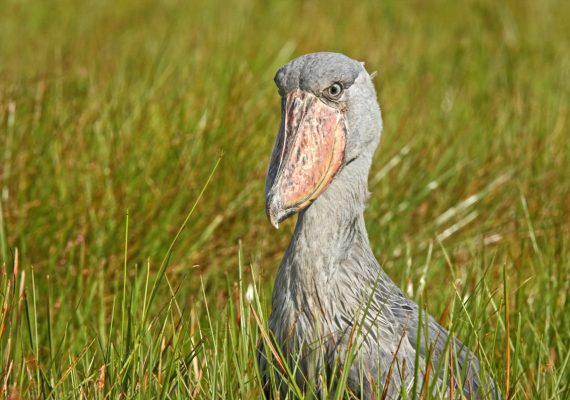

Popular Uganda Safaris
